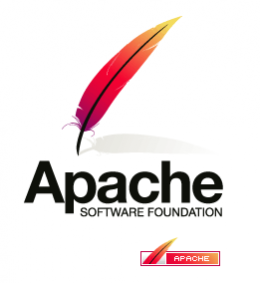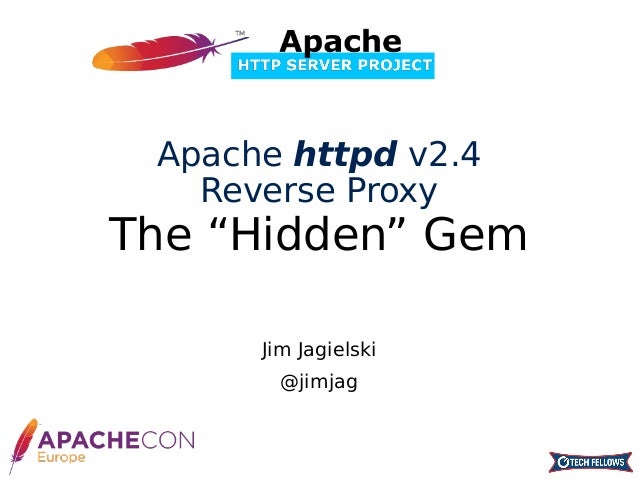- Apache Httpd Config
- How To Redirect HTTP To HTTPS On Apache
- Httpd Apache Server
- How To Configure An Apache Web Server | Opensource.com
This is a wiki containing user-contributed recipes, tips, and tricks for the Apache HTTP Server (aka Apache Web Server or httpd).
By default, the httpd service does not start automatically at boot time. If you would wish to have Apache startup at boot time, you will need to add a call to apachectl in your startup files within the rc.N directory. A typical file used is rc.local.As this starts Apache as root, it is recommended to properly configure your security and authentication before adding this call. Causes the current httpd process to exit, which means for a time the server appears to be down, as in not serving any requests. Reload on the other side: /my/path/to/httpd reload. Apache Software Foundation. Httpd.exe is an executable file that belongs to the Apache HTTP Server, a open-source implementation of a Web Server. This is not an essential Windows process and can be disabled if known to create problems. The Apache HTTP Server was created to fulfil the role of a free web server software that could be modified.
As this is a public wiki, please remember to consult the official documentation to verify what you read here. (If something here breaks your website, sorry!) Nevertheless, we hope you find this information useful!
- Face to Face - Opportunities to meet httpd developers or users.
- Contributing - Find out how to contribute to this wiki
- Info - Useful information and documentation
- Developer - Information on the internals and module development
- Log messages - Detailed explanations, and their solutions
- Application quirks - Known incompatibilities between httpd and backend apps or user agents.
- Platform quirks - Build/install/run hints and workarounds for specific OS's
- Compatibility - Interaction between httpd, browsers and other user-agents, and other servers
- Recipes - Configuration examples, and their results
- Rewrite - Various guides for mod_rewrite
- Scratch pad - For new documentation - Howto's, document enhancements, etc.
- Interacting - Integration with third party modules and services.
- Translations - Unofficial translations of the official documentation, in hope of easing the review process.
- PHP - Installation instructions for PHP on Apache.
- FAQ - httpd FAQ sandbox
- SSL - (mod)SSL related topics

- Apache Web Server Setting up an Apache Web Server (httpd) on CentOS/RHEL 7 In this series of articles we’re going to set up an Apache Web Server and walkthrough the various Apache configurations and features. To start with this article will cover setting up a basic Apache server with the default out-of-the-box apache configurations.
- The Apache HTTP Server ('httpd') was launched in 1995 and it has been the most popular web server on the Internet since April 1996. It has celebrated its 25th birthday as a project in February 2020. The Apache HTTP Server is a project of The Apache Software Foundation. Apache httpd 2.4.46 Released 2020-08-07 ¶.
- Browse the official documentation (for the latest release - 2.4.x)
- Find books on the Apache HTTP Server and other ASF projects.
You might want to look at the TitleIndex to view all the pages on this site.
Learn how to install and configure Apache web server in Linux. Understand the httpd configuration file and how to start, stop & enable Apache (httpd) in Linux.
Contents

- UNDERSTANDING THE SUBJECT MATTER
- ACTION TIME
UNDERSTANDING THE SUBJECT MATTER
Apache, also called Apache http server is an open-source web server. A web server, of course, is responsible for handling web requests from various computers hitting the web. (No web server, no website).

Just as there is an Apache web server, there are also a lot of web servers out there such as Nginx, IIS, Tomcat, etc.
Tomcat is also called Apache tomcat because it is developed by the same company that developed Apache (Apache Software Foundation)
Apache is a very popular and commonly used web server and can run on both Linux and Windows operating systems.
Just as Nginx, Apache can handle hundreds of thousands of connections trying to fetch information from the web concurrently.
With Apache, you can customize your configuration by using the “.htaccess” file.
When it comes to the Content Management System (CMS) such as WordPress, Joomla, and Drupal, they all work perfectly well on Apache, even without less or no configuration, hence why most web hosting companies use Apache and now Nginx as their web servers.
Apache application/daemon for Linux is “httpd”
The same way you start other services on Linux is also the same way Apache is started.
To start Apache, use the command
To Stop Apache, use the command,
To enable Apache, use the command,
core apache configuration file is in the path /etc/httpd/conf/httpd.conf)
Let’s see the contents in this file.
search for the line “DocumentRoot”
you can see the httpd document root (/var/www/html). It is one of the important parameters in the httpd configuration file.
Every website file will have to be on this path. The document root can be changed, especially for hardening web server security.
We will look at how to successfully change the document root of httpd when we get to the advanced configuration in another lesson.
httpd by default listens on port 80.
If you know LEMP stack, you will also know LAMP stack.
LAMP stack consists of (Linux, Apache, MySQL, and PHP). They are all web development software used to manage web applications.
How to install LAMP stack in Linux (RHEL 8 / CentOS 8)
To install Linux (RHEL 8) click here.
And Of course, in the “ACTION TIME” of this lesson, we will install Apache & configure a basic website.
To install MySQL, click on this link
To install PHP, click on this link.
Having understood what Apache is, let’s get to installing and configuring Apache for a basic website.
ACTION TIME
How To Install & Configure Apache httpd On Linux (RHEL / CentOS 7 & 8)
we will look at how to configure Apache for a basic website.
1. Install Apache web server
2. create a web file in the document root location.
3. Start the httpd service
4. If you wish, you can enable the httpd service
5. Verify the service has started
6. Test your configuration
You can use any browser or use a text-based browser such as elinks.
Apache Httpd Config

To use elinks in RHEL 7, install elinks by using the command,
To install elinks in RHEL 8 or CentOS 8, click on this link
How To Redirect HTTP To HTTPS On Apache
7. Now that elinks has been installed, do a test.
press the enter key to open the file
You can see that the web server is properly configured.
Httpd Apache Server
In another tutorial, we will look at the advanced configuration of the Apache web server
How To Configure An Apache Web Server | Opensource.com
Your feedback is welcomed. If you love others, you will share with others
